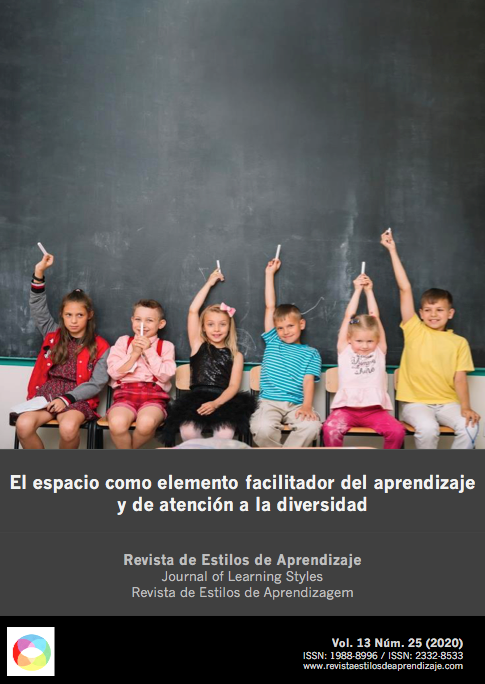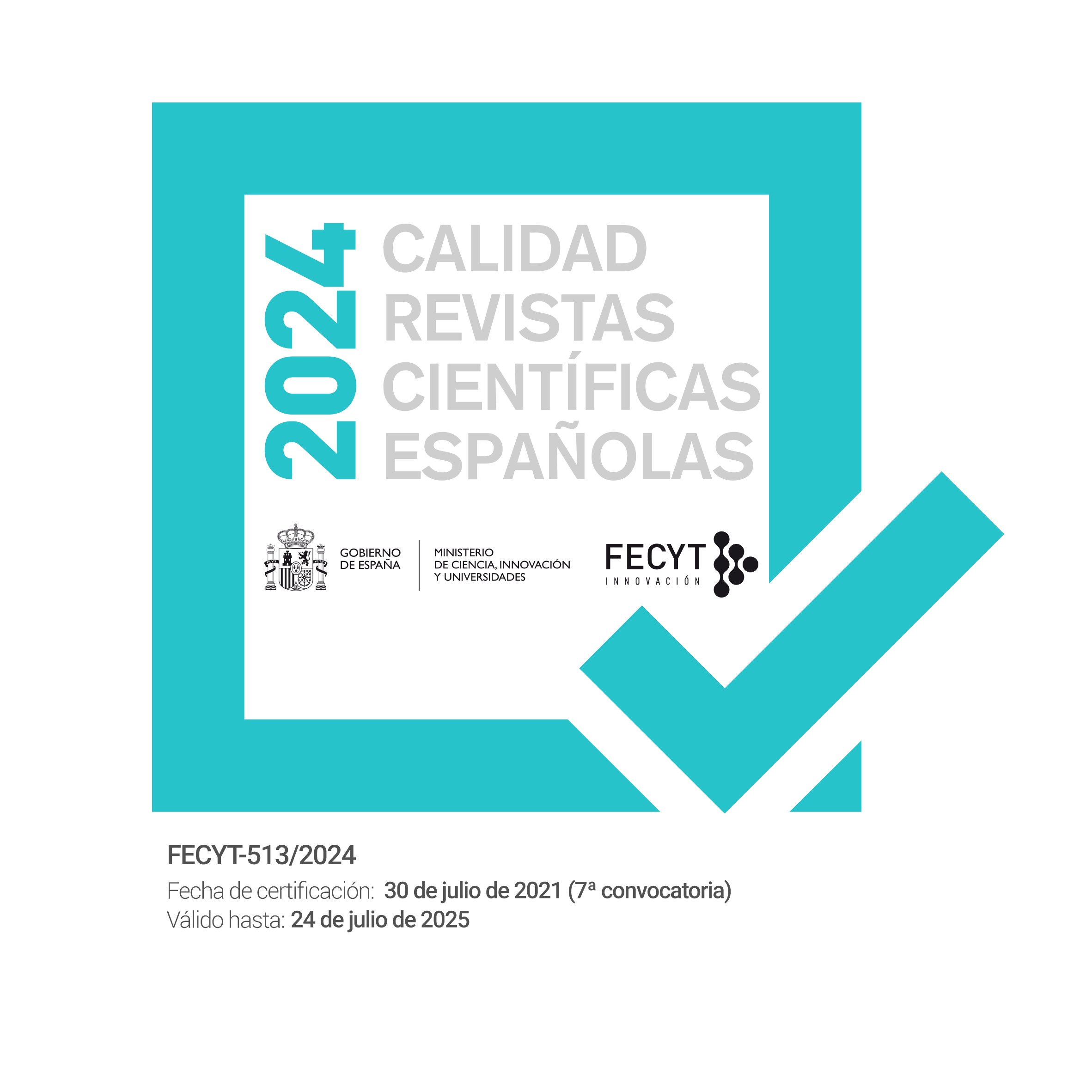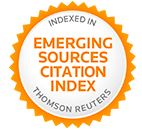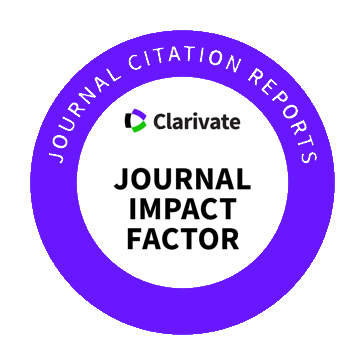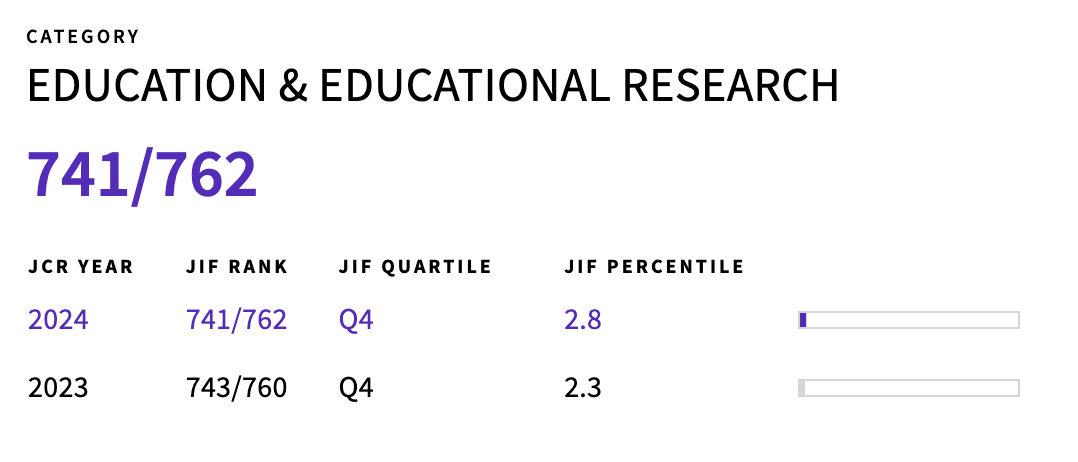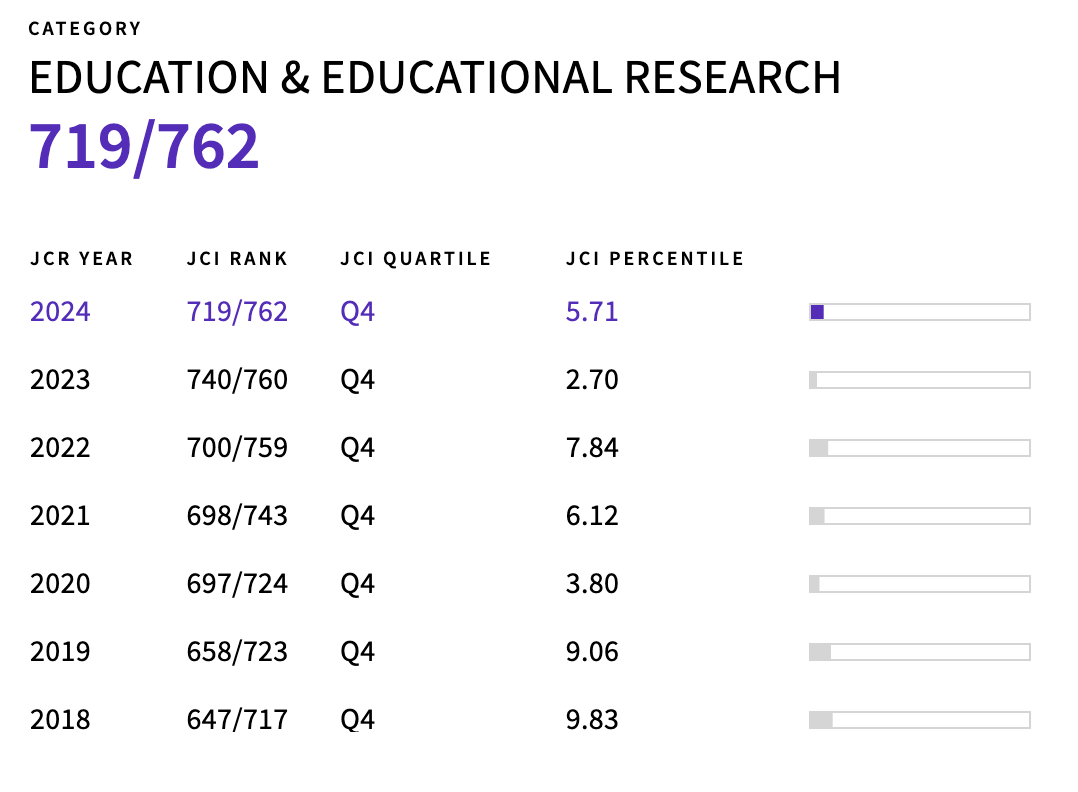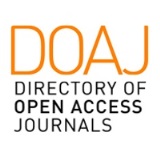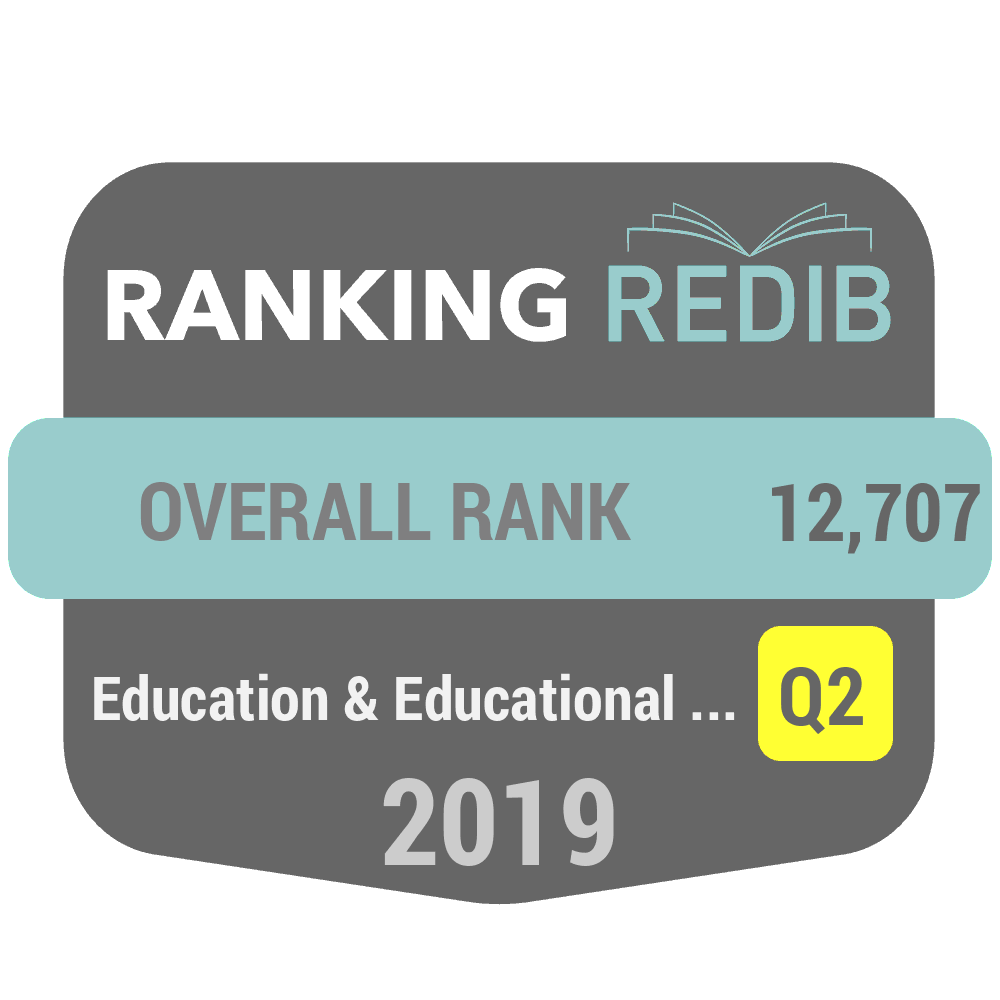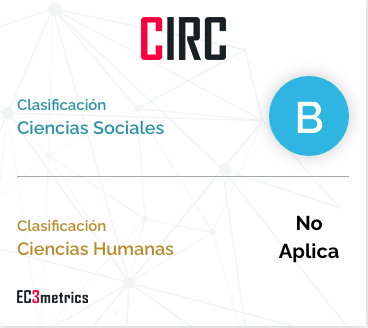Diseño del espacio educativo universitario y su impacto en el proceso académico: análisis de tendencias
DOI:
https://doi.org/10.55777/rea.v13i25.1512Palabras clave:
Aula, Espacios de enseñanza, Distribucción del espacio, Educación Superior, BibliometríaResumen
En los últimos años, los cambios acontecidos en el sector educativo y social se han visto reflejados en el creciente interés por definir cómo afectan los atributos del espacio educativo en el proceso de enseñanza y aprendizaje de los estudiantes. En este contexto, el aula se caracteriza por combinar variables físicas, ambientales y espaciales; de modo que, junto con el diseño y la organización, se considera un elemento facilitador del aprendizaje. El objetivo de este estudio es identificar las publicaciones científicas relacionadas con el impacto del diseño del espacio educativo en el proceso de aprendizaje de los estudiantes de educación superior, durante el período entre 2005 a 2019. Las búsquedas analizadas incluyenla red de colaboración entre autores, países e instituciones, además de las relaciones entre las palabras clave. Se realizó un análisis bibliométrico de la literatura científica con la base de datos Scopus. Se identificaron 2.173 documentos sobre la temática de investigación. Los resultados del análisis revelaron que, la productividad se incrementó considerablemente desde el año 2010. Asimismo, se detectan como principales tendencias de investigación el análisis del efecto que induce el diseño del aula en los procesos cognitivos y emocionales del estudiante.
Descargas
Citas
Abad-Segura, E., y González-Zamar, M.-D. (2019a). Análisis de las competencias en la educación superior a través de flipped classroom. Revista Iberoamericana de Educación, 80(2), 29–45.
Abad-Segura, E., y González-Zamar. M.-D. (2019b). Effects of Financial Education and Financial Literacy on Creative Entrepreneurship: A Worldwide Research. Education Sciences, 9(3), 238.
Abad-Segura, E.; González-Zamar, M.-D.; Infante-Moro, J.C.; Ruipérez García, G. (2020). Sustainable Management of Digital Transformation in Higher Education: Global Research Trends. Sustainability 2020, 12, 2107.
Acaso López-Bosch, M. y Megías, C. (2013). "rEDUvolution": Hacer la revolución en la educación (1a ed.). Barcelona: Paidós.
Al‐Ayash, A., Kane, R. T., Smith, D., y Green‐Armytage, P. (2016). The influence of color on student emotion, heart rate, and performance in learning environments. Color Research y Application, 41(2), 196-205.
Altman, I. (1975). The Environment and Social Behavior: Privacy, Personal Space, Territory, and Crowding. Monterey, California: Brooks/Cole Publishing Company.
Barret, P., Davies, F., Zhang, Y. y Barrett, L. (2017). The holistic impact of classroom spaces on learning in specific subjects. Environment and behavior, 49(4), 425-451.
Baum, E. J. (2018). Learning Space Design and Classroom Behavior. International Journal of Learning, Teaching and Educational Research, 9 (17), 34-54.
Calvo-Sotelo, P.C. (2016). La educación, un hecho espacial: El “campus didáctico” como arquitectura para el Espacio Europeo de Educación Superior. La Cuestión Universitaria, (5), 98-120.
Daniels, H., Leadbetter, J., Warmington, P., Edwards, A., Martin, D., Popova, A. y Brown, S. (2007). Learning in and for multi‐agency working. Oxford Review of Education, 33(4), 521-538.
Durieux, V., y Gevenois, P.A. (2010). Bibliometric indicators: Quality measurements of scientific publication 1. Radiology, 255, 342–351.
Earthman, G.I. (2017). The Relationship Between School Building Condition and Student Achievement: A Critical Examination of the Literature. Journal of Ethical Educational Leadership, 4(3), 1-16.
Errázuriz-Larraín, L. H. (2015). Calidad estética del entorno escolar: el (f) actor invisible. Arte, Individuo y Sociedad, 27(1).
Fraser, B.J. (2018). Milestones in the evolution of the learning environments field over the past three decades. En D.B. Zandvliet y B. Fraser (Eds.), Thirty Years of Learning Environments (pp. 1-19). Educational Research E-Books Online, Collection 2018. Leiden, The Netherlands: Brill Sense.
Gilavand, A. (2016). Investigating the Impact of Environmental Factors on Learning and Academic Achievement of Elementary Students. Health Sciences, 5(7S), 360-369.
González-Zamar, M. D., Ortiz Jiménez, L., Sánchez Ayala, A., y Abad-Segura, E. (2020). The Impact of the University Classroom on Managing the Socio-Educational Well-being: A Global Study. International Journal of Environmental Research and Public Health, 17(3), 931.
Gottler, J. (1955). Principios de la Pedagogía sistemática. Barcelona: Herder.
Hargreaves, A. (2018). Strategies, decisions and control: interaction in a middle school classroom. In Teacher decision-making in the classroom, 134-169. London: Routledge y Kegan Paul.
Hertzberger, H. (2008). Space and learning: Lessons in architecture (3). Rotterdam, Amsterdam: 010 Publishers.
Hopland, A.O. y Nyhus, O.H. (2015). Does student satisfaction with school facilities affect exam results? An empirical investigation. Facilities, 33(13/14), 760-774.
Jalil, N. A., Yunus, R.M. y Said, N. S. (2012). Environmental colour impact upon human behaviour: A review. Procedia-Social and Behavioral Sciences, 35, 54-62.
Könings, K.D., Bovill, C. y Woolner, P. (2017). Towards an interdisciplinary model of practice for participatory building design in education. European Journal of Education, 52(3), 306-317.
Lim, C.T.D. y Fraser, B.J. (2018). Learning environments research in English classrooms. Learning Environments Research, 21(3), 433-449.
Lin-Siegler, X., Dweck, C. y Cohen, G. (2016). Instructional interventions that motivate classroom learning. Journal of Educational Psychology, 108(3), 295-299.
Mäkelä, T. y Helfenstein, S. (2016). Developing a conceptual framework for participatory design of psychosocial and physical learning environments. Learning Environments Research, 19(3), 411-440.
Malaguzzi, L. (2000). La educación infantil en Reggio Emilia. Barcelona: Octaedro.
Maxwell, L. (2016). School building condition, social climate, student attendance and academic achievement: A mediation model. Journal of Environmental Psychology, 46, 206-216.
Nascimbeni, F. (2015). The increased complexity of Higher Education collaboration in times of Open Education. Campus virtuales, 3(1), 102-108.
Oblinger, D. (2005). Leading the transition from classrooms to learning spaces. Educause quarterly, 28(1), 14-18.
Peker, E., y Ataöv, A. (2019). Exploring the ways in which campus open space design influences students’ learning experiences. Landscape Research, 1-17.
Pérez, M., y Ramírez, M. (2015). Los ambientes de aula que promueven el aprendizaje, desde la perspectiva de los niños y niñas escolares. Revista Electrónica Educare, 19(3), 9.
Perianes-Rodriguez, A.; Waltman, L., y Van Eck, N. J. (2016). Constructing bibliometric networks: A comparison between full and fractional counting. Journal of Informetrics, 10(4), 1178-1195.
Pritchard, A. (1969). Stadistical bibliography or bibliometrics. Journal of documentation, 25(4), 348-349.
Shernoff, D.J., Ruzek, E.A. y Sinha, S. (2017). The influence of the high school classroom environment on learning as mediated by student engagement. School psychology international, 38(2), 201-218.
Sobaih, A.E.E., Moustafa, M.A., Ghandforoush, P. y Khan, M. (2016). To use or not to use? Social media in higher education in developing countries. Computers in Human Behavior, 58, 296-305.
Stanton, A., Zandvliet, D.B. y Rosie, D. (2018). Impacts of Learning Environments on Student Well-Being in Higher Education. En D.B. Zandvliet y B. Fraser (Eds.), Thirty Years of Learning Environments (pp. 141-150). Educational Research E-Books Online, Collection 2018. Leiden, The Netherlands: Brill Sense.
Suárez Palos, M. (1987). Organización espacial del aula. Revista de Educación, 282, 301-311.
Tanner, C.K. (2009). Effects of school design on student outcomes. Journal of Educational Administration, 47(3), 381-399.
Tse, H.M., Learoyd-Smith, S., Stables, A. y Daniels, H. (2015). Continuity and conflict in school design: a case study from Building Schools for the Future. Intelligent Buildings International, 7(2-3), 64-82.
Weinstein, C.S. (1979). The Physical Environment of the School: A Review of the Research. Review of Educational Research, 49(4), 577–610.
Woolner, P. (2018). Collaborative Re-design: Working with School Communities to Understand and Improve Their Learning Environments. In Spaces of Teaching and Learning, 153-172. Springer, Singapore.
Yang, Z., Becerik-Gerber, B., y Mino, L. (2013). A study on student perceptions of higher education classrooms: Impact of classroom attributes on student satisfaction and performance. Building and Environment, 70, 171-188.
Zomorodian, K., Parva, M., Ahrari, I., Tavana, S., Hemyari, C., Pakshir, K. y Sahraian, A. (2012). The effect of seating preferences of the medical students on educational achievement. Medical education online, 17(1), 104-148.
Descargas
Publicado
Cómo citar
Número
Sección
Licencia
Con el envío del original, el/los autor/es declaran que conocen y aceptan, en su totalidad, la política de privacidad así como los derechos de autor de la Revista de Estilos de Aprendizaje.
La Revista Estilos de Aprendizaje ofrece acceso libre y abierto a su contenido de forma totalmente gratuita con el fin de hacer llegar la investigación científica a sus lectores y sociedad en general. Todos los contenidos digitales son de acceso libre y gratuito y se publican bajo licencia de Creative Commons:

La cesión de derechos se realiza bajo la licencia Creative Commons Reconocimiento-NoComercial-SinObraDerivada 4.0 Internacional (CC-BY-NC-ND 4.0)
Bajo esta licencia, está permitida la reproducción y difusión de los contenidos de la revista con fines educativos, sociales y de transmisión de conocimiento, sin ánimo de lucro y siempre que no se modifiquen, se cite la procedencia y la autoría.
La licencia a la que se acoge la Revista de Estilos de Aprendizaje permite copiar y distribuir los contenidos de la revista, siempre que se reconozca la autoría de la obra, especificando correctamente el autor y la entidad editora. No se puede utilizar la obra para fines comerciales y tampoco se puede alterar, transformar o generar una obra derivada a partir de esta obra.
La Revista de Estilos de Aprendizaje es una revista de acceso abierto. La publicación de artículos o reseñas en la Revista no da derecho a remuneración alguna. Así mismo, tanto para los autores como los lectores, la revista es gratuita Creative Commons Reconocimiento-NoComercial-SinObraDerivada 4.0 Internacional (CC-BY-NC-ND 4.0).
Desde la Revista de Estilos de Aprendizaje se invita al/los autor/autores a ampliar la visibilidad y el alcance de sus artículos publicados mediante la redifusión de los mismos en:
- Espacios web y redes personales, así como en encuentros y foros científicos.
- Archivos abiertos institucionales en Universidades, repositorios educativos y Centros de Investigación.
- Redes académicas y científicas (Researchgate, Academia.edu, Plubons, etc.).
Se requiere que en todos estos espacios y publicaciones se incluyan todos los datos bibliográficos de la publicación.

